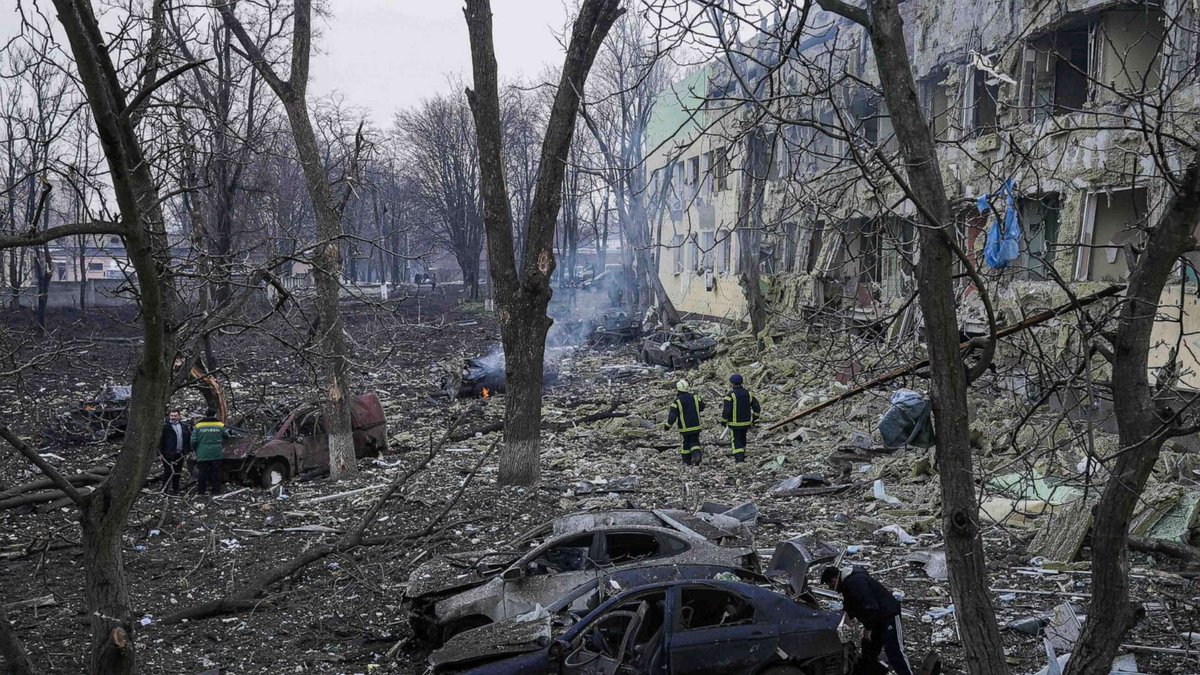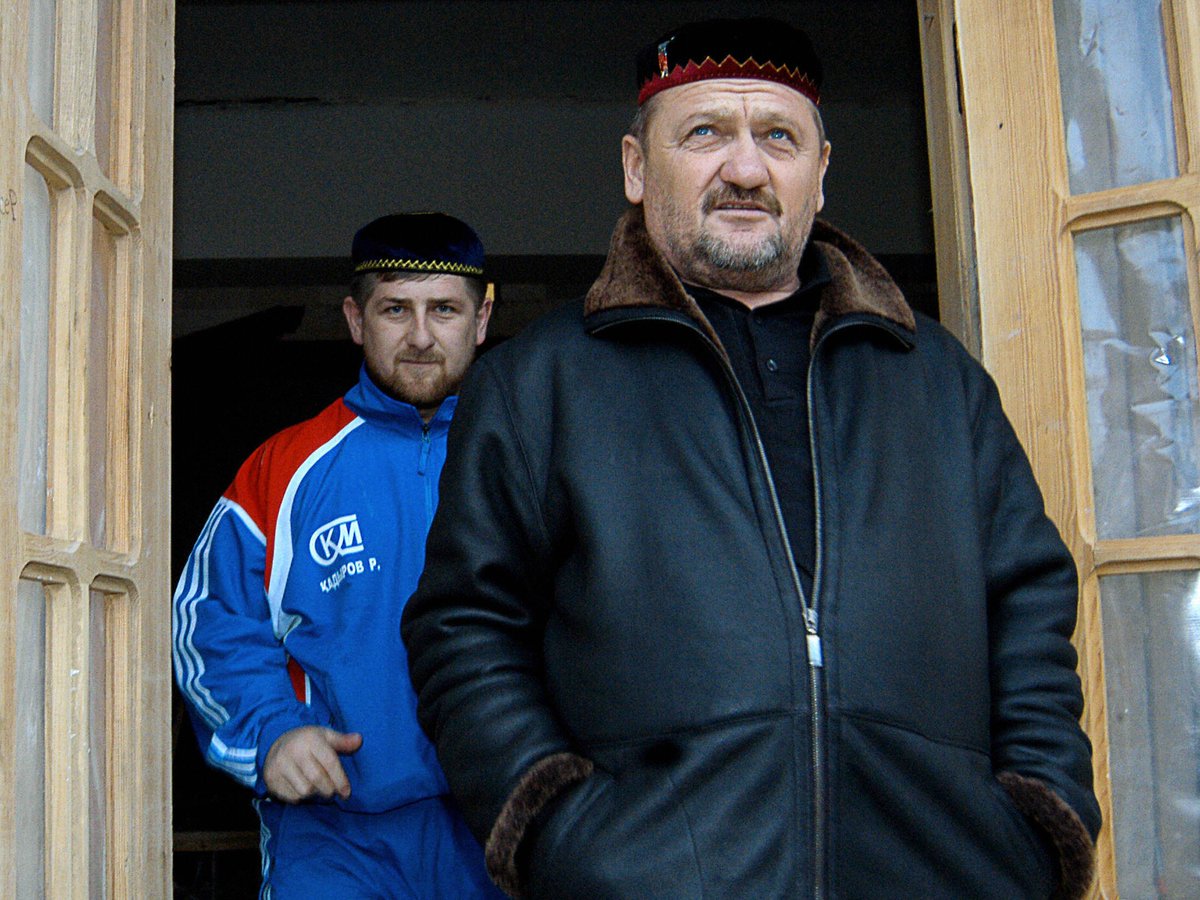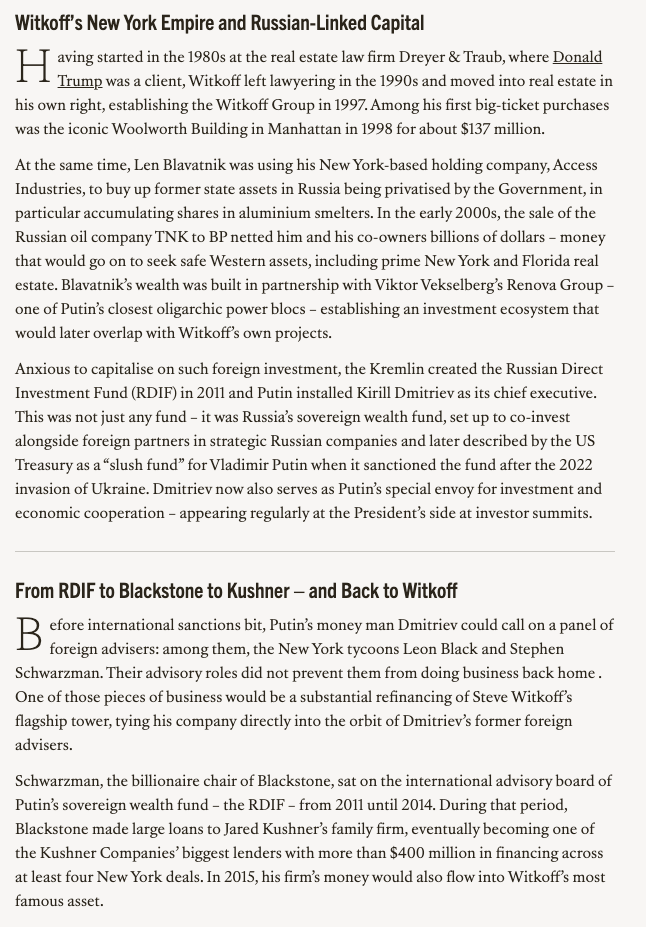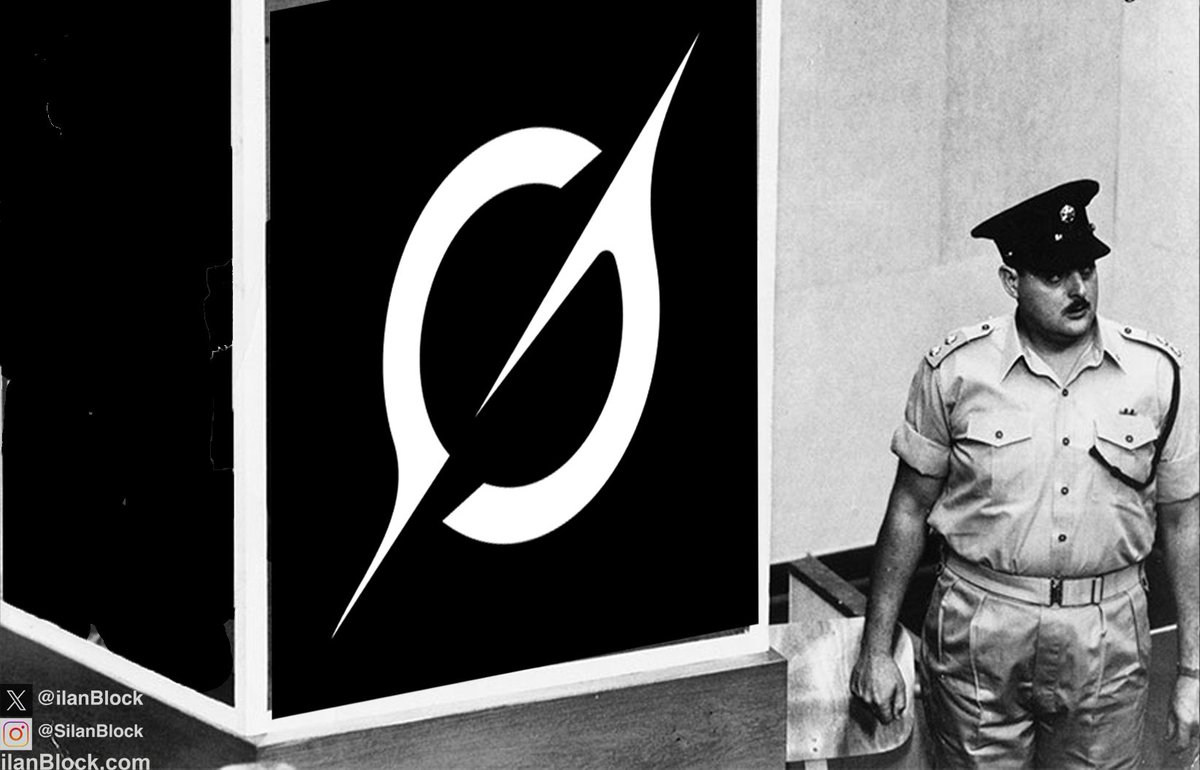In today's #vatnik soup I'll be discussing the "propaganda through architecture and rebuilding" model. Its a very common information operation technique used by the USSR and Russia in the last century or so.
1/14
1/14

Russia, USSR and also China love to use fake façades as propaganda. For example, St. Petersburg and Moscow are just big showrooms for Russian success and wealth, but as soon as you leave the city centers you are faced with poverty.
2/14


2/14



As well all know, Russia's most common war strategy is complete demolition and destruction of whole cities and towns. This strategy aims to affect the civilian population so that they'd push for peace and negations. Why Russia uses it so often? Because it works.
3/14
3/14

What this strategy also offers, is the use of propaganda of "rebuilding" these decimated cities and somehow making them "better". We'll go through some of these examples and I also explain why these "rebuilds into greater glory" are just cheap propaganda tools.
4/14
4/14

Let's talk about Grozny. The first image is from 1995 and the second from 2000. During the First Chechen War Grozny was destroyed completely and 80-100 000 civilians were killed and over 500 000 civilians were "displaced".
5/14

5/14


During the 2nd War 40-45 000 civilians lost their lives. After the 2nd War, Russia replaced the Chechen leaders with their own puppet leader Akhmad Kadyrov, followed by his son Ramzan and started a great rebuilding and propaganda effort in Grozny.
6/14
6/14

Now, on to the propaganda: this is what Grozny looks now through the lens of Russkiy Mir: buzzing metropolis full of life. What these cool photos completely disregard are the lives of thousands and thousands of people that were lost in the most horrible ways.
7/14

7/14


Children becoming orphans (or in the case of Ukraine, abducted to Russia), whole families killed. In addition to the civilian casualties, these images also attempt to erase all the war crimes the Russians have conducted: rapes, murders, looting, castrations, tortures, etc.
8/14



8/14




So Russians destroy the local people and the culture with it, and replace it with their puppet leaders, oppressive culture, their fake façade and architecture, and claim that they somehow made the place better.
9/14
9/14

In addition, this same demolition technique has been used "successfully" by Russia in 2008 in Gori, 2016 in Aleppo and of course 2022 in Mariupol. Gori and Aleppo didn't become Russian territory at some point, so those could be disregarded completely ...
10/14

10/14


..., but Mariupol is quickly becoming the new "propaganda through architecture and rebuilding" flagship. These façades were built in just a few months to show that Russia desires to rebuild and make Mariupol better than under the rule of the "Kyiv regime".
11/14


11/14



These images and videos will be used so that people would forget all the atrocities Russia did there, including freezing people inside their homes, looting, and bombing of a hospital and a theater full of women and children.
12/14
12/14
This propaganda tool works the other way around, too. Russian trolls and propagandists just LOVE to show the aftermath and destruction after (and during) US military interventions.
13/14
13/14

One of the images shows Iraq, Libya, Yemen and Syria. Without defending the US and these invasions, it's worth mentioning that the only war where US was the main culprit, was Iraq, and that Syria was destroyed by Russia together with al-Assad.
14/14
14/14

Support my work (and get some AI art!): buymeacoffee.com/PKallioniemi
Related soups:
Russkiy Mir:
Russkiy Mir 2:
Ramzan Kadyrov:
Genocide in Ukraine:
Related soups:
Russkiy Mir:
https://twitter.com/P_Kallioniemi/status/1605841722784632833
Russkiy Mir 2:
https://twitter.com/P_Kallioniemi/status/1606223666726961152
Ramzan Kadyrov:
https://twitter.com/P_Kallioniemi/status/1604738467900129284
Genocide in Ukraine:
https://twitter.com/P_Kallioniemi/status/1589511941068029955
• • •
Missing some Tweet in this thread? You can try to
force a refresh





























